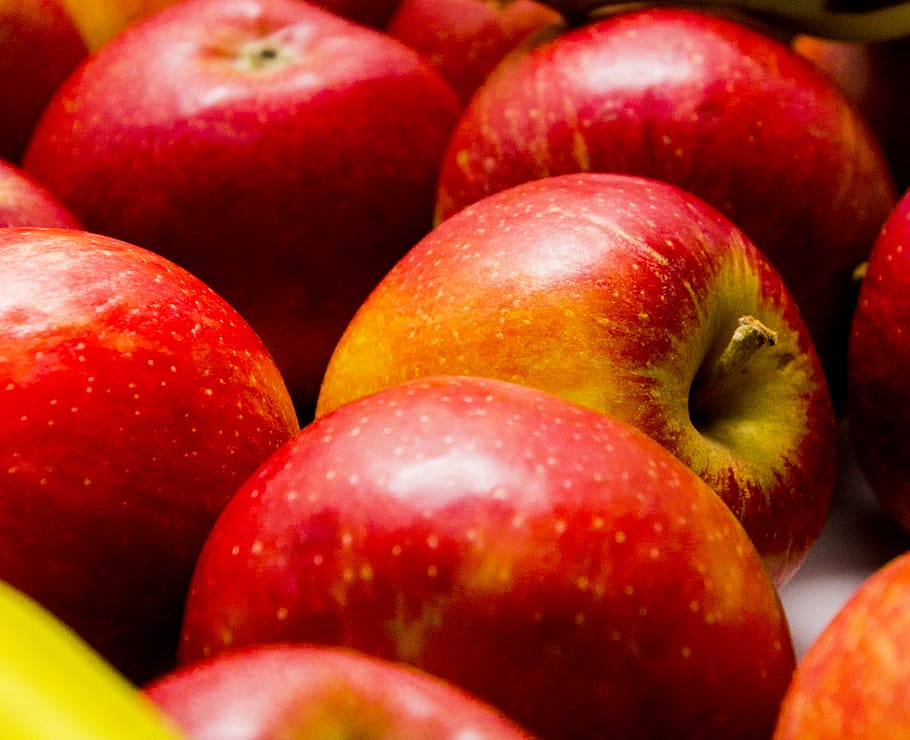South Africa’s apple exports fall despite larger crop
South Africa’s 2019/20 apple crop is projected to climb 5% to 942,200 tons (source: USDA). This growth is due to the increase in planted are, yields and available irrigation water. The impact of COVID-19 on this year’s crop is expected to be minimal as South Africa has already harvested most of its fruit and full operations continued during the national lock-down.
Despite the larger crop, exports are expected to decrease by 2% to 480,000 tons. This is mainly due to the impact of COVID-19, which has resulted in depressed demand in global markets, interruptions in the supply chain, with bottlenecks or closures at some ports, limited availability of containers, constrained shipping capacity and the slow pace of exports to date.
The United Kingdom is the largest single country market for South African apple exports accounting for 13% of the total in 2019, followed by Nigeria (9%), Malaysia (8%), Bangladesh (8%), Zambia (7%), Kenya (4%) and Senegal (4%). Africa is the largest regional market, accounting for 46% of total South African apple exports in 2018/19, followed by Asia (25%), and the EU (19%).
South Africa has a free trade agreement with the EU. The impact of Brexit on South African apple exports is expected to be minimal as South Africa continues to undertake extensive marketing of its apples in the United Kingdom, and the two governments are in the process of finalising trade arrangements post-Brexit.



